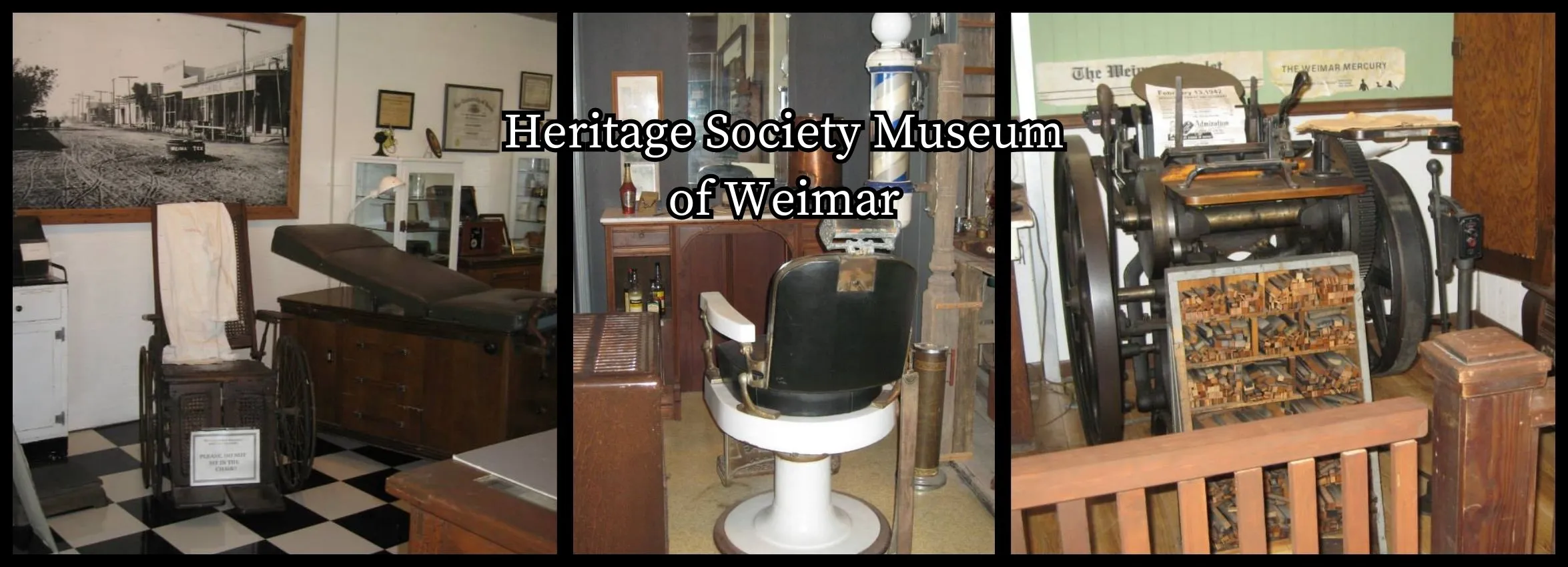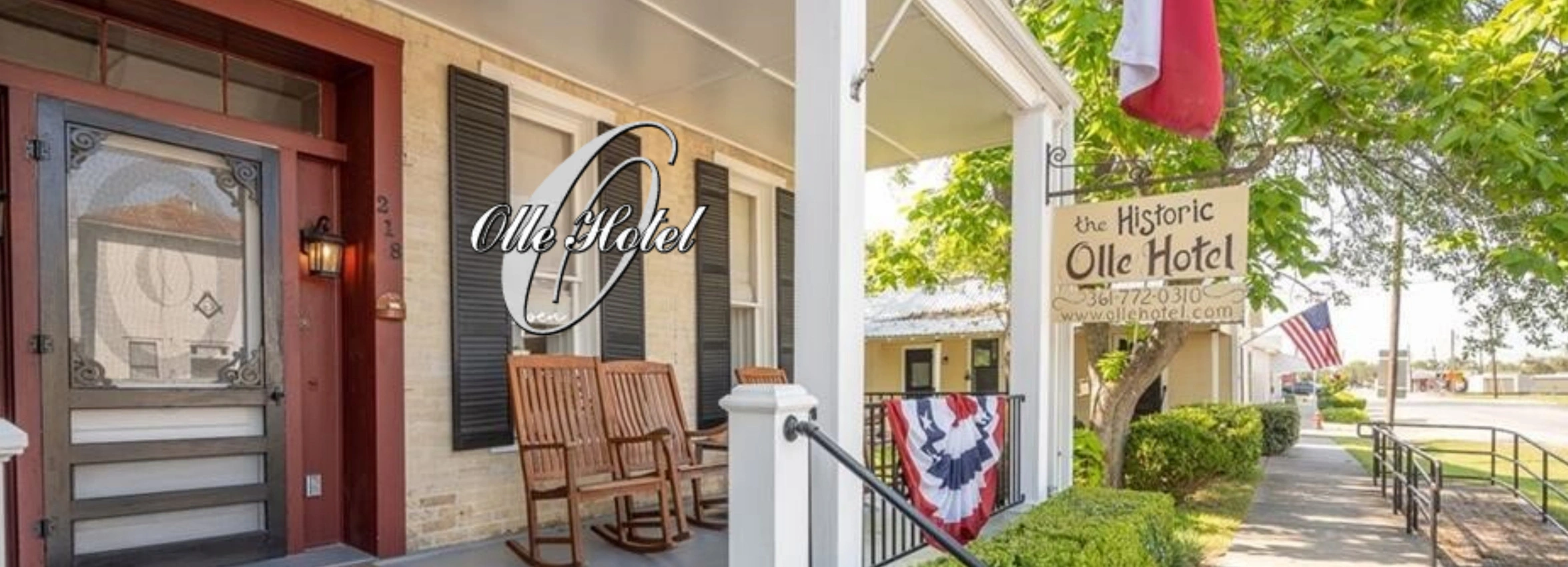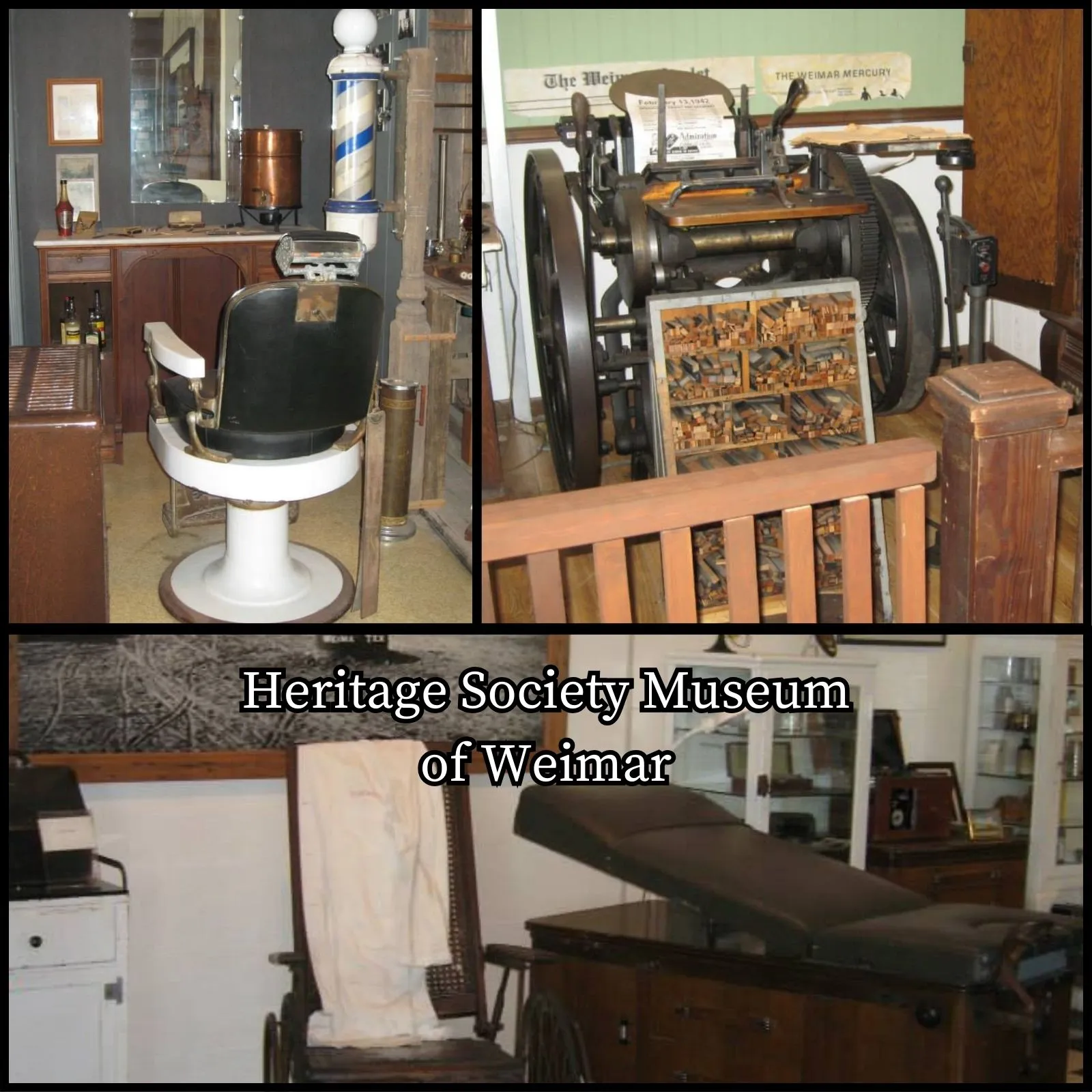History of Weimar, Texas
If you’ve ever driven through the heart of Texas, chances are you’ve passed through the quaint town of Weimar. But beyond its picturesque Main Street and friendly locals lies a rich tapestry of history and heritage that dates back to the earliest days of Texas settlement.
Introduction to Weimar, Texas
Nestled in the rolling hills of central Texas, Weimar is a small town with a big history. From its humble beginnings as a frontier outpost to its role as a thriving agricultural community, Weimar has played an integral part in the story of Texas.
Early Settlement and Founding
Origins of Weimar
The story of Weimar begins in the mid-19th century when German immigrants began to settle in the area, drawn by the promise of fertile land and economic opportunity. These early settlers carved out a life on the frontier, establishing homesteads, farms, and businesses in what would become Weimar.
Founding Fathers
Among the founding fathers of Weimar were pioneers like Heinrich Stark, who purchased land in the area in the 1850s and helped establish the town’s first school and church. Other notable figures include John Weimar, for whom the town was named, and William Cook, a prominent businessman who played a key role in Weimar’s early development.
Historical Significance
Role in Texas History
Over the years, Weimar has played a significant role in Texas history, serving as a gateway to the west for pioneers and settlers making their way across the frontier. The town was also a hub of activity during the Texas Revolution and the Civil War, providing troops, supplies, and support to the cause.
Contributions to Development
As Texas grew and prospered, so too did Weimar. The town’s strategic location along major trade routes and transportation corridors helped spur economic growth and development, making it a thriving center of commerce and industry in the region.
Economic Growth and Expansion
Agriculture and Ranching
One of the driving forces behind Weimar’s early growth was agriculture and ranching. The fertile soil and favorable climate made the area ideal for farming, and settlers quickly established crops like cotton, corn, and wheat. In addition to farming, ranching also played a significant role in Weimar’s economy, with cattle ranches dotting the landscape.
Railroad Development
The arrival of the railroad in the late 19th century marked a turning point in Weimar’s history, opening up new markets and opportunities for trade. The railroad brought with it increased connectivity and access to markets, spurring further economic growth and development in the area.
Cultural Heritage
German Heritage
One of the defining characteristics of Weimar is its strong German heritage, which is evident in everything from its architecture to its cultural traditions. German immigrants brought with them a rich legacy of craftsmanship, music, and cuisine, which continues to influence the town to this day.
Cultural Traditions and Festivals
Throughout the year, Weimar celebrates its German heritage with a variety of cultural festivals and events. From Oktoberfest celebrations to Christmas markets, these events bring the community together to honor its heritage and traditions.
Notable Landmarks
Historic Buildings
Weimar is home to many historic buildings and landmarks that serve as reminders of its storied past. From the iconic Weimar State Bank building to the historic Schulenburg House, these landmarks offer a glimpse into Weimar’s rich architectural heritage.
Landmarks and Monuments
In addition to buildings, Weimar is also home to several landmarks and monuments that commemorate important events and figures in the town’s history. These include the Veterans Memorial Plaza and the John Weimar Monument, which honor those who have made significant contributions to the community.
Modern Developments
Industrialization
In recent years, Weimar has experienced a period of industrialization and modernization, with new businesses and industries moving into the area. While agriculture and ranching continue to play a vital role in the local economy, Weimar has also seen growth in sectors like manufacturing, healthcare, and technology.
Urbanization
As Weimar has grown and expanded, so too has its population. The town’s proximity to major cities like Houston and Austin has made it an attractive destination for commuters and retirees looking for a quieter pace of life. With new housing developments and amenities popping up, Weimar is poised for continued growth and prosperity in the years to come.
Community Resilience
Challenges Faced
Like many small towns, Weimar has faced its share of challenges over the years, from economic downturns to natural disasters. However, through it all, the community has remained resilient, coming together to overcome adversity and build a brighter future for generations to come.
Resilience and Perseverance
It is this spirit of resilience and perseverance that defines Weimar and sets it apart from other towns. Whether facing economic hardship or environmental challenges, the people of Weimar have always risen to the occasion, proving that with hard work, determination, and a strong sense of community, anything is possible.
Conclusion
In conclusion, the history of Weimar, Texas, is a testament to the resilience, ingenuity, and spirit of its people. From its early days as a frontier outpost to its role as a thriving community in the heart of Texas, Weimar has left an indelible mark on the history of the Lone Star State. As we look to the future, it is clear that the legacy of Weimar will continue to inspire and endure for generations to come.











